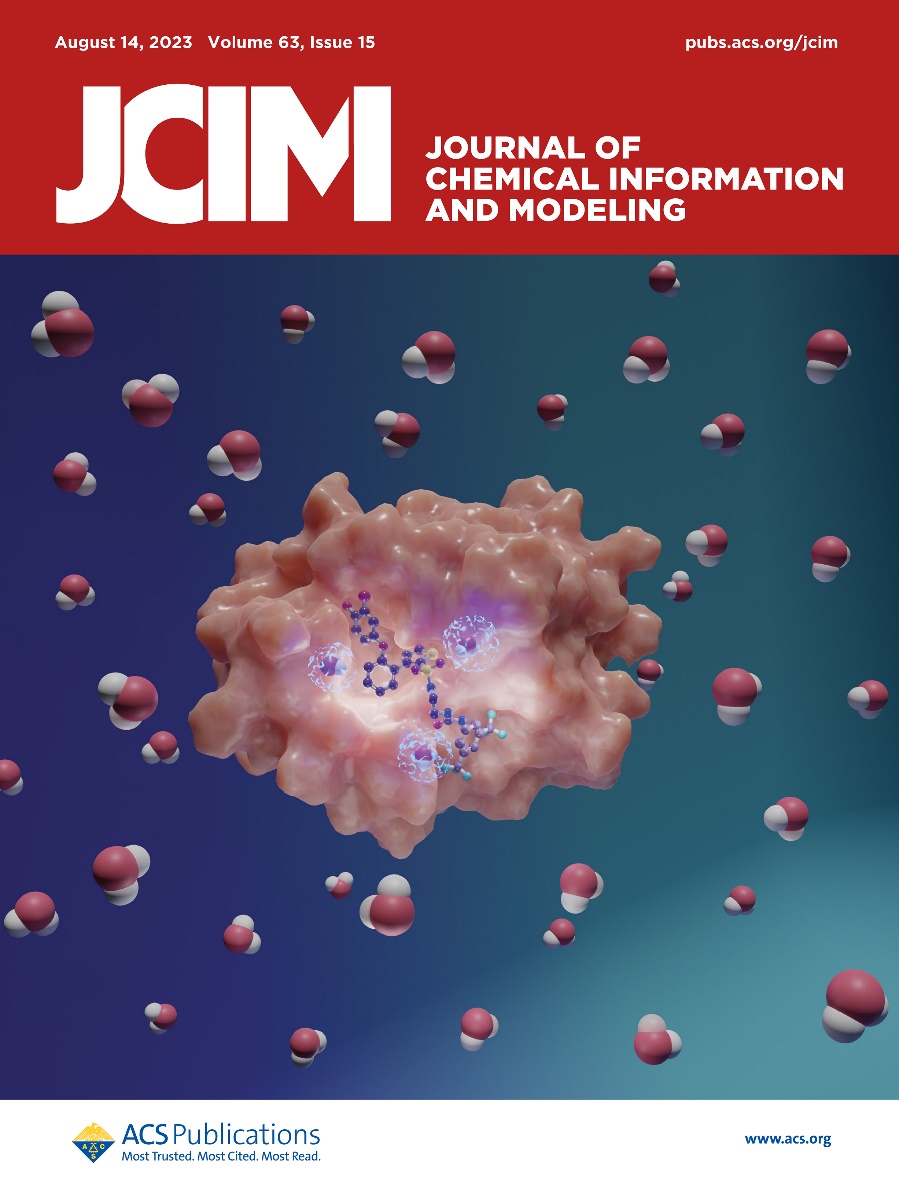
The recognition of water molecules' significance in protein-ligand binding is well-established among researchers. Examining pivotal water molecules can provide insights into "anomalous" structure-activity relationships and offer guidance for the efficient design of lead compounds. While conventional approaches involving molecular dynamics simulations or Monte Carlo simulations yield precise results, they suffer from extensive computational time and intricate procedures, hindering their practicality and widespread adoption.
Wang's Group, based at Fudan University's School of Pharmacy, initially introduced an empirical technique called HydraMap. This method strikes a pragmatic balance between computational precision and efficiency, serving as a tool for predicting hydration sites within protein binding pockets and computing desolvation energies through statistical potentials. Notably, the research team has made significant enhancements to this approach, leading to the release of HydraMap v.2. Their groundbreaking work was featured as the cover article in the American Chemical Society's prestigious publication, titled " HydraMap v.2: Prediction of Hydration Sites and Desolvation Energy with Refined Statistical Potentials " within the authoritative computational chemistry journal, J. Chem. Inf. Model.

Figure-1 JCIM magazine cover

Figure 2. Workflow of HydraMap v.2
In this study, molecular dynamics simulations were employed to create solvation models for nearly 10,000 organic small molecules. These models served as the basis for deriving statistical potentials to assess interactions between ligands and water molecules. Simultaneously, statistical potentials for evaluating protein-water interactions were refined using a comprehensive dataset of 17,042 non-redundant protein crystal structures from the PDB (as of the 2020 version).
Leveraging these two sets of statistical potentials, HydraMap v.2 offers the capability to predict changes in hydration site distributions within protein binding pockets before and after ligand binding. It can also identify pivotal water molecules crucial to the binding process, including conserved water molecules forming bridging hydrogen bonds and unstable ones that may be substituted. Utilizing HydraMap v.2's predictions, this study successfully replicated the rational optimization process for a group of MCL-1 small molecule inhibitors.
Furthermore, a novel approach to calculating desolvation energy was proposed based on changes in hydration sites' energy upon ligand binding. On the test sets from six representative targets, the computed desolvation energies demonstrated strong correlations with experimental affinity data, effectively explaining the structure-activity relationship among compounds with similar scaffolds. These findings underscore HydraMap v.2 as a cost-effective solution for assessing desolvation effects during protein-ligand interactions, positioning it as a valuable tool for guiding the structure-based optimization of lead compounds.
Associate Professor Yan Li and Professor Renxiao Wang from Fudan University's School of Pharmacy served as the first author and corresponding author, respectively. Funding for this research was graciously provided by the National Natural Science Foundation of China and the National Key Research Program
Original link: https://pubs.acs.org/doi/full/10.1021/acs.jcim.3c00408 (The executable program and documentation of HydraMap v.2 are provided and users can download and use it for free.)